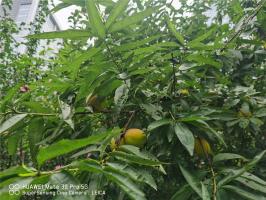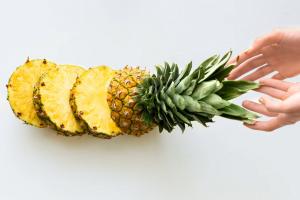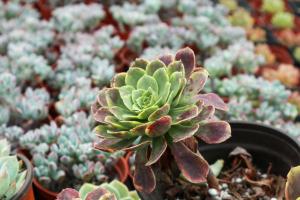Introduction
Pruning is a common practice among tomato growers, but does it really increase yield? This question has been debated for years, and there is no clear consensus on the answer. In this article, we will explore the benefits and drawbacks of pruning tomato plants and look at the evidence regarding its impact on yield.
What is pruning?
Pruning is the process of removing parts of a plant to encourage growth in other areas. When it comes to tomato plants, this typically involves removing some of the lower branches and leaves as the plant grows. This can help to improve air circulation and allow more light to reach the remaining foliage and fruit.
The case for pruning
Proponents of pruning argue that it can lead to higher yields and better fruit quality. By removing some of the lower branches, growers can increase air circulation around the remaining foliage, which can help to prevent diseases such as blight. Pruning can also increase the amount of light that reaches the fruit, which can improve ripening and taste.
The case against pruning
Opponents of pruning argue that the benefits are not worth the effort. Removing branches and leaves can be time-consuming, and it can also increase the risk of damaging the plant. Some argue that allowing the plant to grow naturally can lead to a healthier and more productive plant in the long run, as it allows the plant to allocate its resources where it sees fit.
The evidence
So, what does the science say? Unfortunately, there is no clear answer. Some studies have found that pruning can indeed lead to higher yields and better quality fruit, while others have found no significant difference between pruned and unpruned plants. The results may depend on a number of factors, including the variety of tomato and the growing conditions.
The bottom line
Ultimately, the decision to prune tomato plants will depend on a number of factors, including the grower's personal preferences and the specific needs of their plants. While some growers swear by pruning, others find that it is simply not worth the effort. The best advice is to experiment and see what works best for your individual situation.
Conclusion
So, does pruning tomato plants increase yield? The answer is not clear-cut, and it may depend on a number of factors. However, by understanding the benefits and drawbacks of pruning, growers can make an informed decision about whether or not to include this practice in their gardening routine.

 how many times do yo...
how many times do yo... how many planted tre...
how many planted tre... how many pine trees ...
how many pine trees ... how many pecan trees...
how many pecan trees... how many plants comp...
how many plants comp... how many plants can ...
how many plants can ... how many plants and ...
how many plants and ... how many pepper plan...
how many pepper plan...































